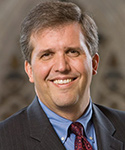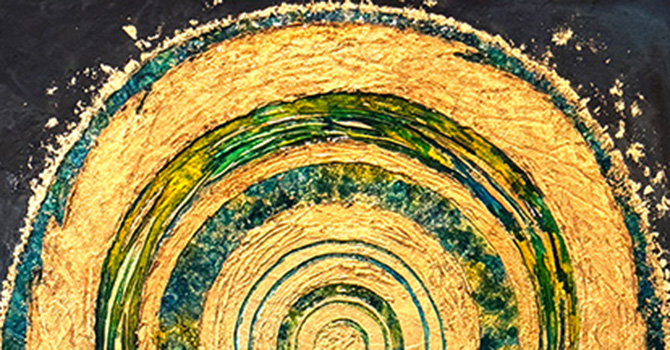The notion of “creative talent” evokes a range of cultural personas -- from the avant-garde bohemian, unobliged to follow the rules, to the wunderkind, playing Mozart by age 3 and doing her parents’ taxes for fun, to the computer whiz, alone in a basement hatching the next Internet sensation.
These images reinforce the common myth that only remarkable people like Steve Jobs or Toni Morrison are born with creativity. But practicing artists and innovation researchers debunk that myth: creative talent is not primarily an innate gift but a capacity nurtured and developed over time through disciplined practice.
“Nurture trumps nature as far as creativity goes,” say the authors of “The Innovator’s DNA.” They were responding to a study of twins, ages 15 to 22, in which “only about 30 percent of the performance of identical twins on a battery of 10 creativity tests could be attributed to genetics.” Six other studies confirmed the results.
“That means that roughly two-thirds of our innovation skills still come through learning -- from first understanding the skill, then practicing it, and ultimately gaining confidence in our capacity to create,” the authors conclude.
The bricolage artist Tom Sachs is a prime example of how this looks in practice.
Sachs has developed 10 basic rules for working in his creative design studio and summarized them in a short film, “10 Bullets,” which he shows to all of his new interns. His cardinal rule? “Work to code: Do not innovate!” “Creativity is the enemy,” Sachs says. “Invent because you must. Just because you can doesn’t mean you should.”
Artists with a strict rule not to innovate? The 10 bullets seem counterintuitive. Isn’t Sachs stifling the very promising young artists he is trying to mentor?
To the contrary, these rules reinforce the research that shows that skills develop through disciplined practice. The rules create the structure young artists need to deepen their abilities and achieve the creative goals the studio has as a collaborative team.
“We’re trying to cultivate the indulgences of the creative process and, at the same time, eliminate creativity as a capricious gesture,” Sachs says. If you want to develop the capacity to innovate, follow the rules, he says. It’s not simply that you practice but how you practice that really matters.
Christian institutions need to build their capacity for traditioned innovation to be able to adapt and grow in ways that will keep them faithful to their mission. What skills do institutional leaders need to hone, through disciplined practice, to nurture innovative thinking?
“The Innovator’s DNA” helps us answer this.
The authors note five skills that mark the most innovative leaders: associating, questioning, observing, networking and experimenting. In the world of Christian institutions, transformative leaders also must cultivate the capacity for remembering and strategizing. These activities will become habits if practiced over time.
In order to be practiced effectively, the various skills need to be seen in their interrelations. And leaders need to work with their teams to ensure that they are practiced virtuously rather than destructively.
For example, there are virtuous ways to cultivate networks, and manipulative ones. Merely asking questions can be an excuse to avoid developing one’s own thoughts and integrating them with other ideas. Experimenting can be reckless or creative. It takes wise leaders who cultivate significant traits of character to ensure that these activities nurture innovation for themselves and their teams.
The development of creativity through disciplined practice is, more broadly, a wonderfully succinct description of Christian life. As our colleague Kavin Rowe suggests, Christian leadership requires cultivating the appropriate “background.” We develop such background through disciplined practice in well-formed communities.
Christian leaders are more like jazz artists or improvisational actors than “deciders.” Wise leaders aren’t making it up as they go; they’ve practiced so much that the improvisation needed in leadership is typically second nature. Because of God’s sovereignty, we are free to trust the Holy Spirit’s guidance -- but we can do that only if we have developed faithful and effective habits through practice.
The innovator’s skills -- associating, questioning, observing, networking and experimenting, as well as remembering and strategizing -- do not guarantee successful, creative ideas for institutional leadership, just as spiritual discipline never guarantees that we’ll always do the right thing. But they are a great place to start -- a way to end the myth of innate creativity and begin developing the capacity for innovative thinking.









